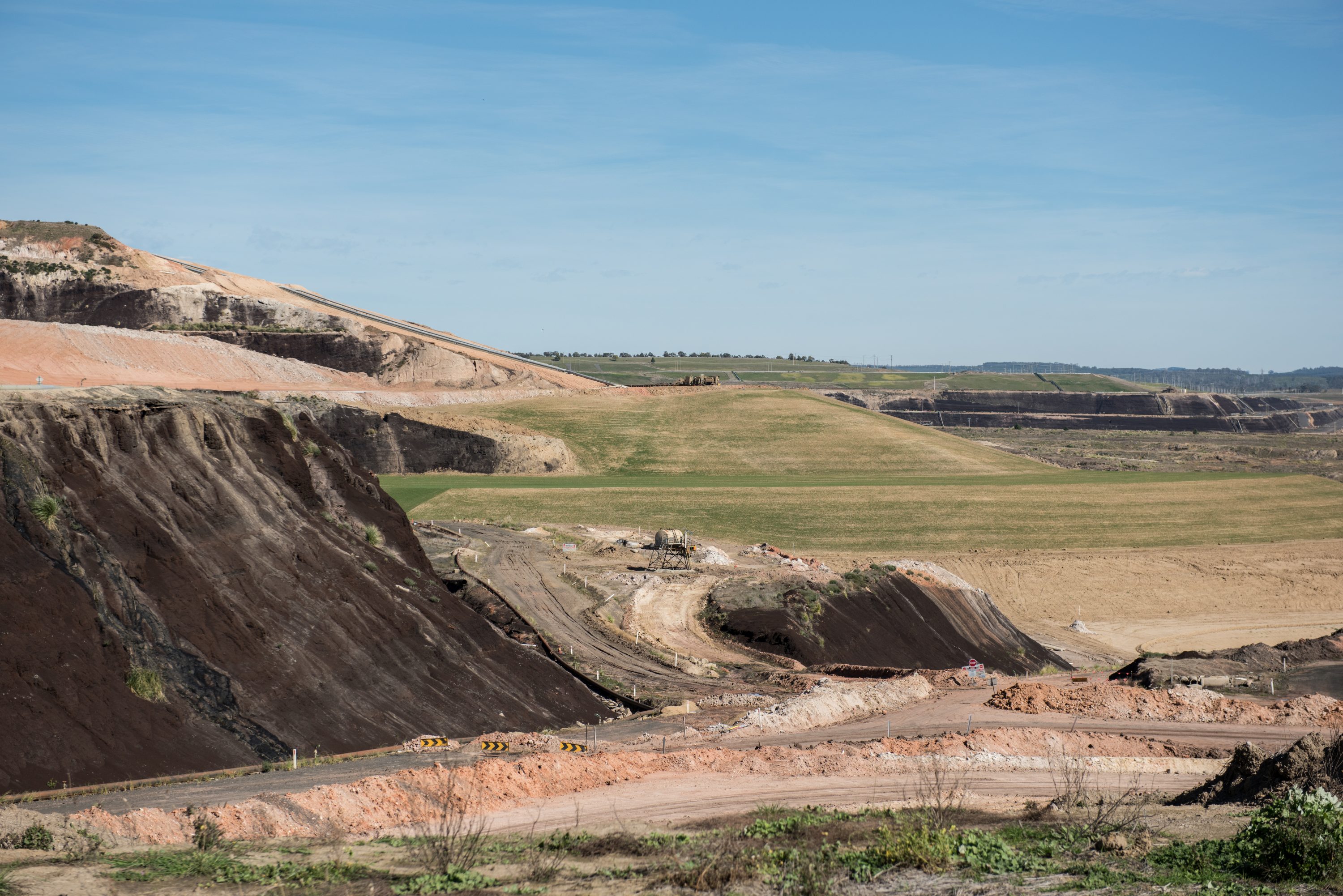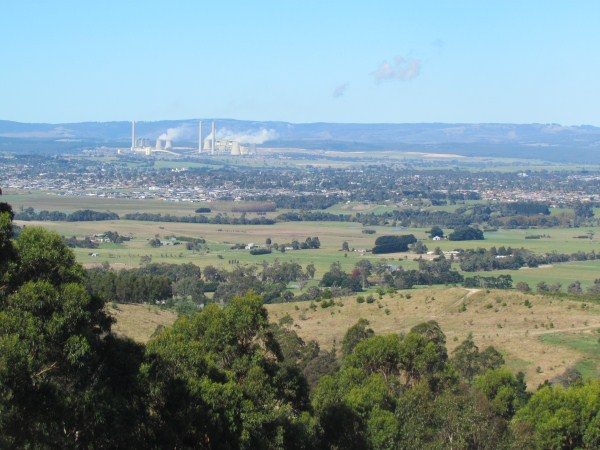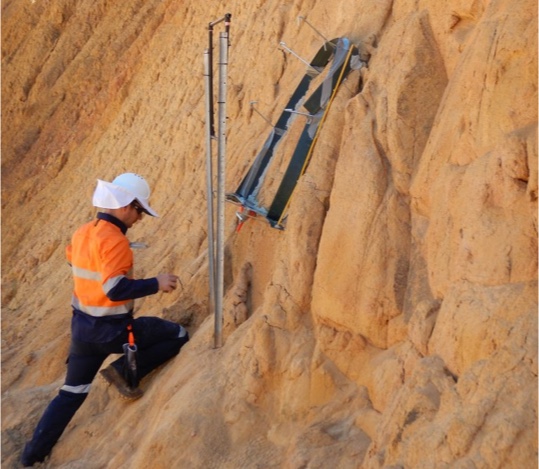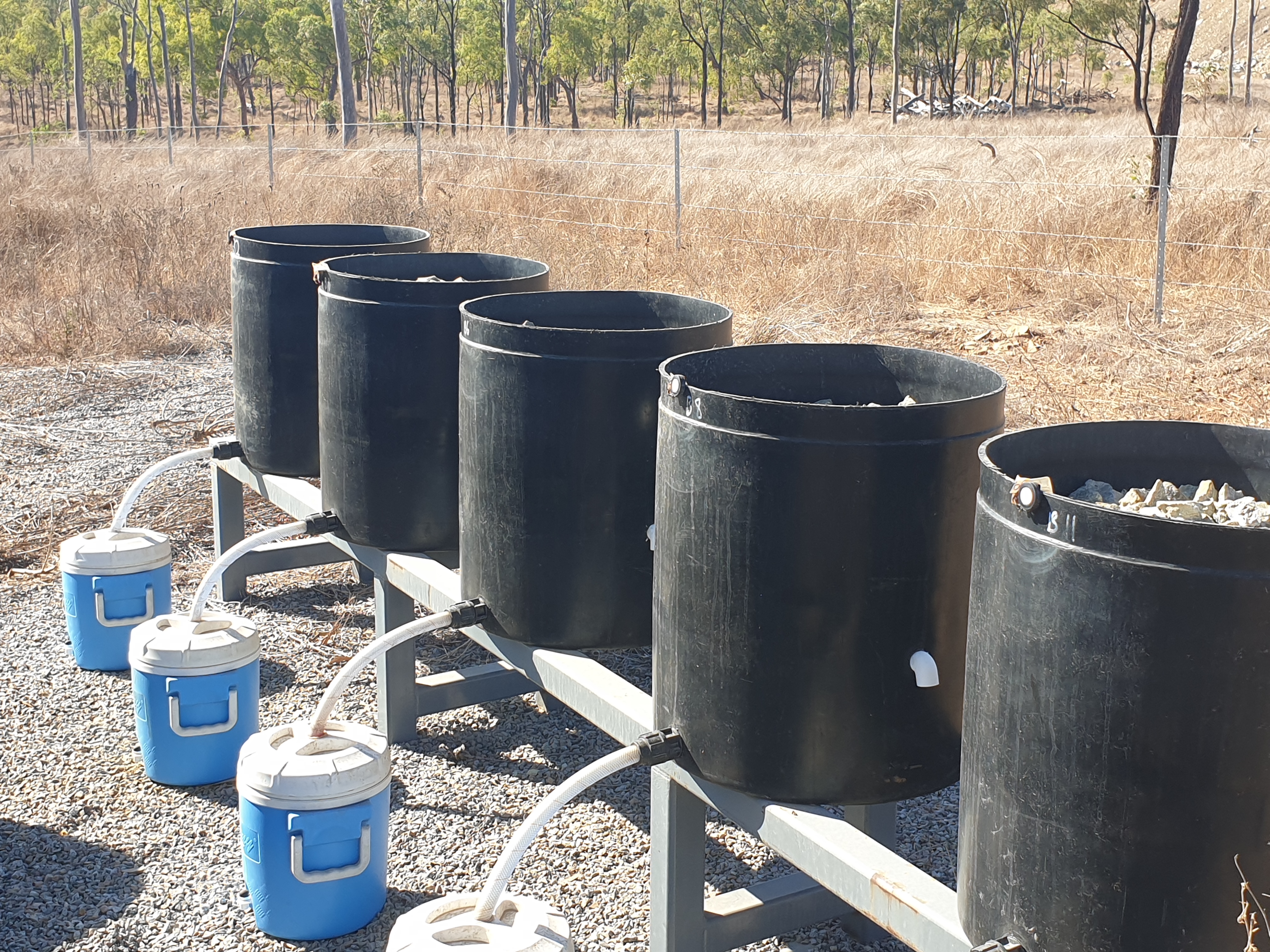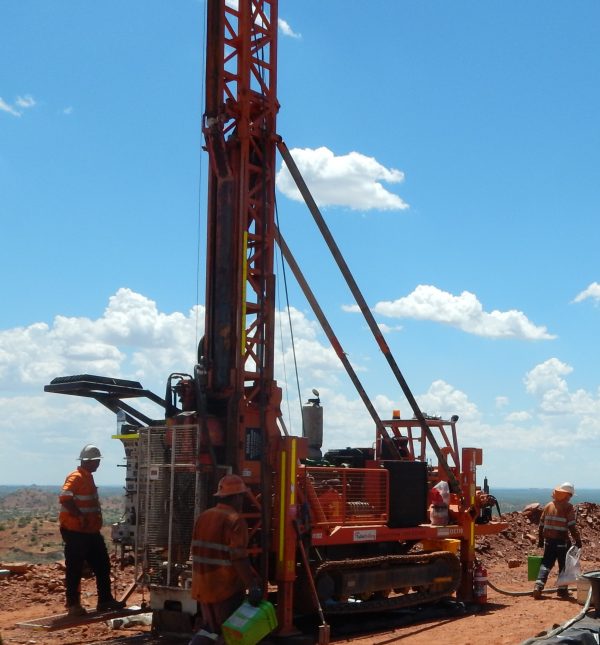we are leaders in
Mine Closure:
- Progressive Rehabilitation and Closure Plans (PRCP).
- Mine closure evaluation and planning.
- Residual risk assessment.
- Completion criteria.
- Determination of post-mining land use and closure objectives.
- Final rehabilitation certification.
- Technical inputs to mine closure workshops.
- Deswik software application.
case studies
RGS new or recently completed projects
some additional
information
Mine Closure approach
As geochemists, our very training instills in us a life cycle philosophy and understanding of rock formation (igneous and metamorphic processes), weathering, geomorphology, climate change (transformation) and rock reformation (sedimentary processes). We transfer our geochemical understanding into life cycle thinking in the mining sector, and apply this with strategic thinking to life-of-mine planning and planning for Closure. Successful planning for closure throughout the entire life cycle of a mine ensures that the social license to operate continues to be maintained.
Planning for closure occurs at all stages of the mine life. RGS contribute to planning for closure by integrating our knowledge of soil, regolith and rock geochemical and physical processes and environmental outcomes with geologists, mine planners, geotechnical engineers, metallurgists, and hydrologists. We achieve this by integrating our knowledge with the technical and management expertise on mine sites.
Progressive Rehabilitation and Closure Plans (PRCP)
The Queensland government is seeking better mine rehabilitation, improvement in financial assurance and assessment and action on residual risk. The mining rehabilitation reforms include:
- Financial assurance reform
- Mining rehabilitation reforms
- Mineral and Energy Resources (Financial Provisioning) Bill 2018
- Financial Assurance under the Environmental Protection Act 1994 Guideline
The reforms are being developed to reduce environmental harm and ensure that there is adequate financial provisioning. The need to develop a robust and defensible life-of-mine (LoM) plan is being driven by:
- amendments to the Queensland Government Mineral and Energy Resources (Financial Provisioning) Bill 2018 (the Bill); and,
- amendments to the Environmental Protection Act 1994 (EP Act) that will require a Progressive Rehabilitation and Closure Plan (PRC Plan) DES has a guideline outlining the process of development for a PRC Plan)1.
A PRC Plan will have mandatory content.
- A rehabilitation planning component which documents the:
- consultation processes undertaken to develop the plan;
- the proposed design of the mine;
- the final landform including encapsulation and cover design requirements;
- different post-mining land uses or non-use management areas for the site,
- methodologies and trials for rehabilitation; and,
- any post-closure management requirements for the site.
- A progressive rehabilitation and closure plan schedule component which includes:
- all mined units (not just waste);
- maps of final rehabilitation outcomes for each area;
- tables of time-based milestones for achieving each post-mining land use or non-use management areas, and,
- any conditions imposed on the schedule by the administering authority.
A PRC Plan can be considered as a piece of iterative reverse engineering that defines probable, not definitive, end points for final landform design, rehabilitation goals, and environmental performance and then develops the planning, scheduling and design for the mine to meet these needs.
RGS is currently engaged by several Queensland clients to assist with the development of their RPC Plan.
[1] https://environment.des.qld.gov.au/management/env-policy-legislation/mining-rehabilitation-reforms.html#progressive_rehabilitation_and_closure_plan
RGS

